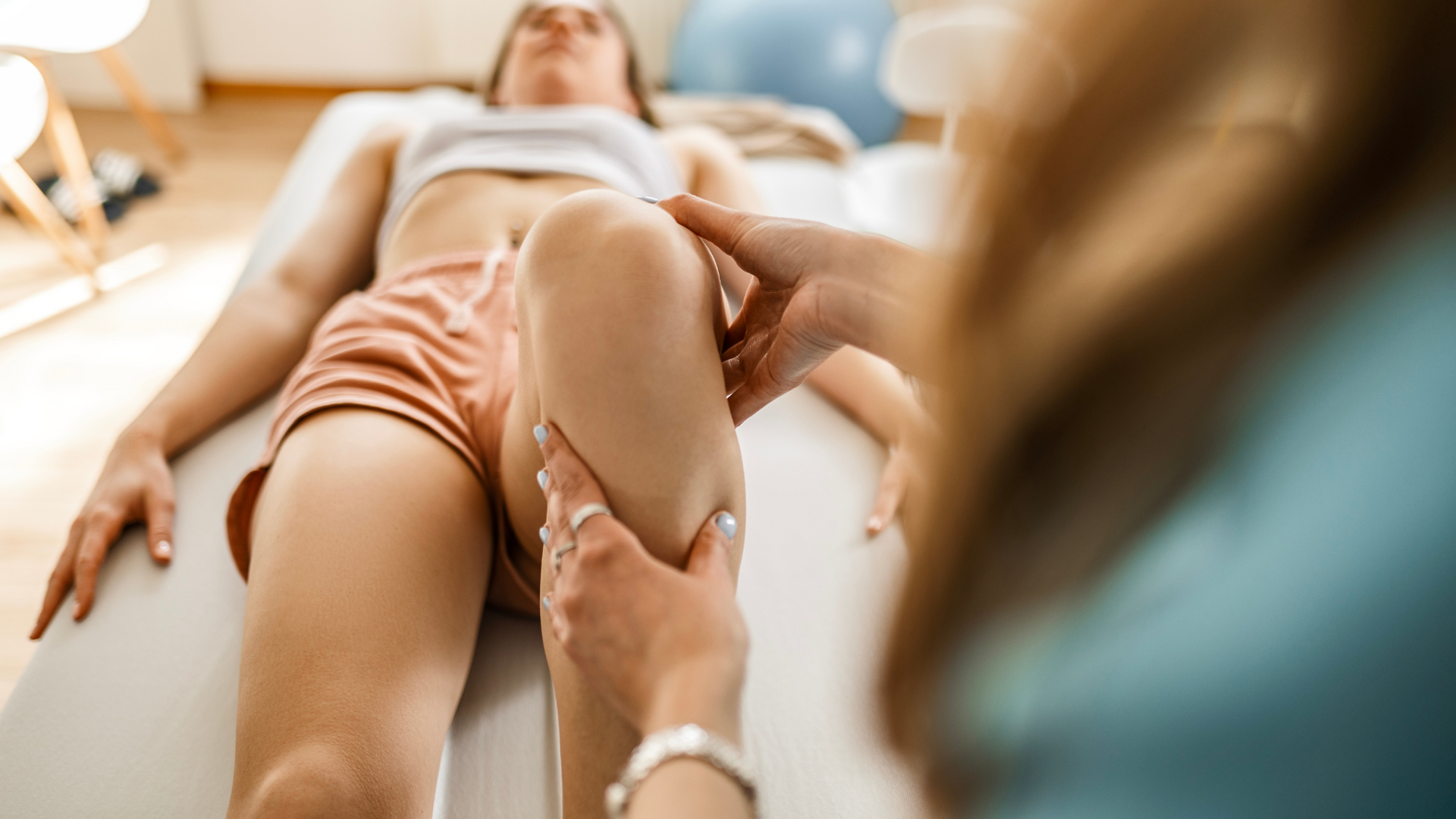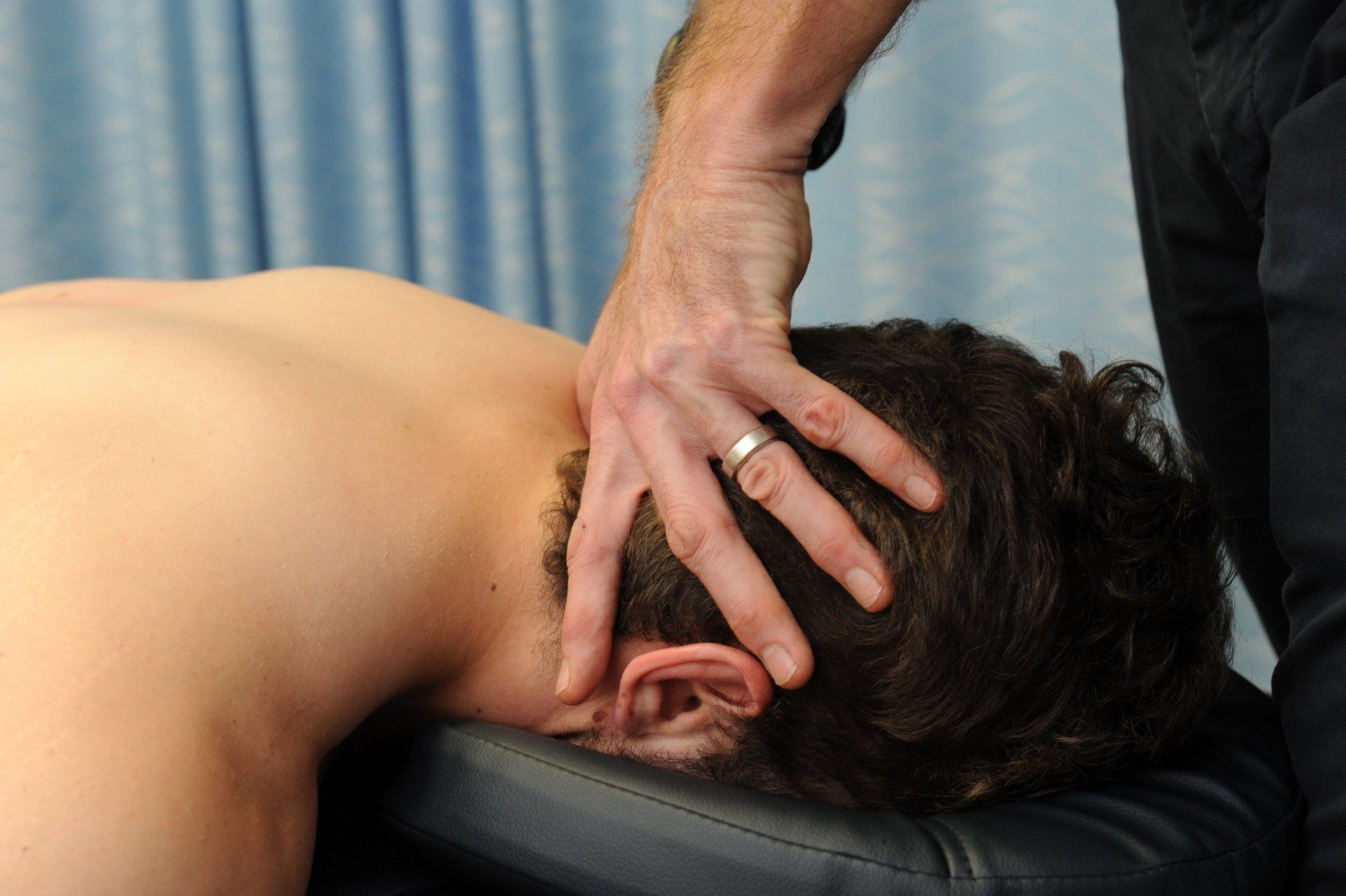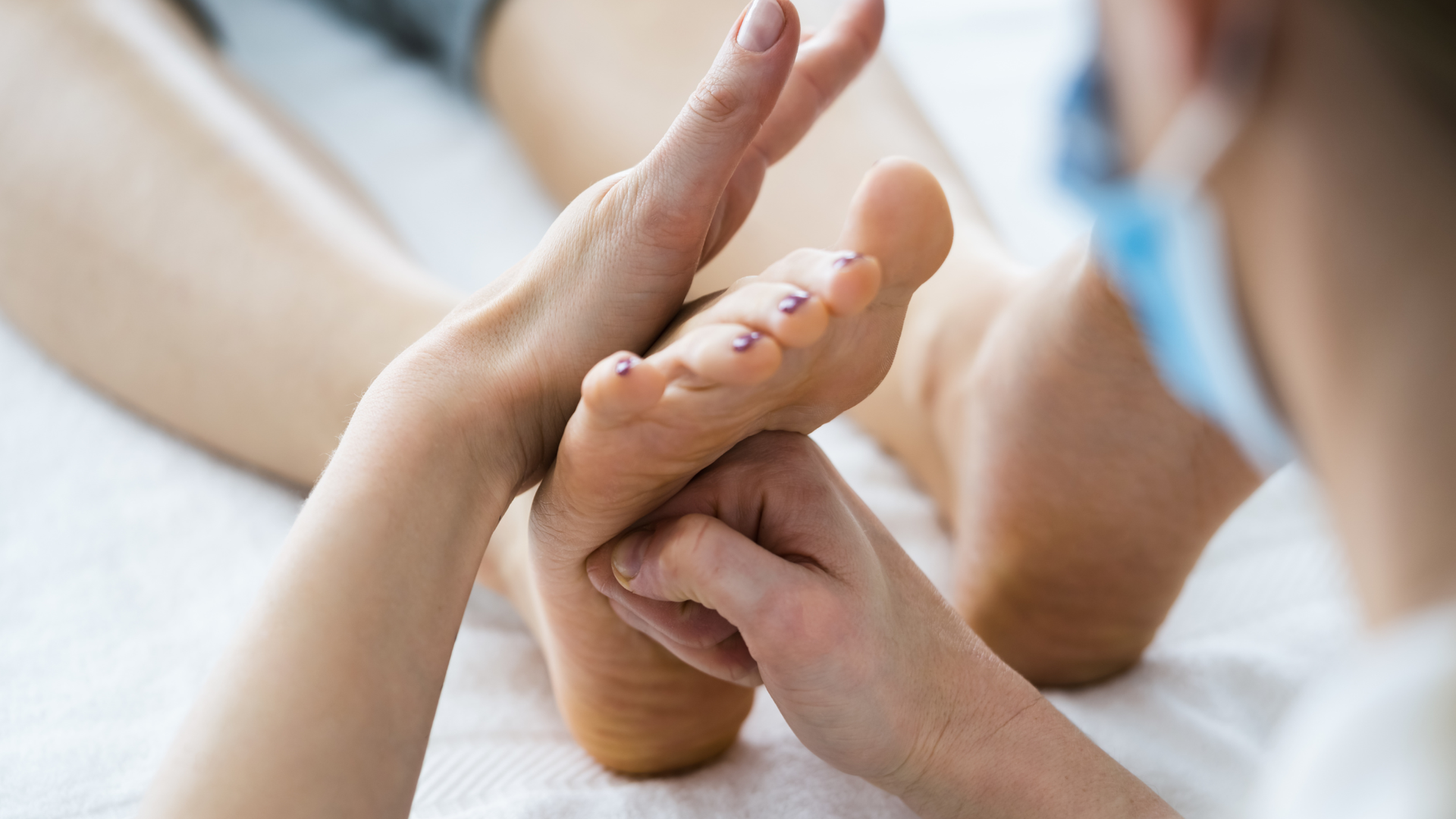Golfer's Elbow
Golfer's elbow is a common condition, and it's not exclusive to golfers.

Golfer’s elbow, or Medial Epicondylalgia (pron. Epi-con-dil-al-gia), is a painful condition that affects the bony point, the epicondyle, on the inside of the elbow. The name literally means pain (-algia) of the epicondyle. Despite the reference to golf, 90% of cases result from non-sports related activities.
Golfer’s elbow affects about 1% of the general population, yet accounts for between 3.8% to 8.2% of work-related complaints. Like many tendon-based injuries, golfer’s elbow is more common in working females aged between 40 and 60 years, hence its significant economic impact.
TOP TIP: Don’t rely on generic exercise programs and treatment remedies for golfer's elbow. This is a complex injury that needs an individualized management plan from your physiotherapist to get better. Read on to find out why.
Nuts and Bolts
On the inside of the elbow there is a bony prominence call the medial epicondyle. We have 5 muscles originating from this bony prominence, as well as the ulna collateral ligament and the ulna nerve, all of which can be implicated in golfer’s elbow. The muscles predominantly flex the fingers and wrist or pronate the forearm (ie. turn the forearm hand down).
Pain on the medial aspect of the elbow is usually the result of a tendinopathy. As a result of repeated exposure to wrist flexion and gripping activities, the tendon fibres begin to break down. Under normal circumstances, with adequate time to recover, these fibres repair and develop greater tensile resistance. Ie. they get stronger. However, if the tendons are repeatedly exposed to load without adequate time to recover, fibre disruption is compounded, resulting in changes to the tendon structure, irritation of local nerve endings, pain, and restricted function.
Risk Factors and Injury Prevention
There is a lot about golfers’ elbow that we don’t know, particularly why some people seem to develop it, while others doing the same type of activity don’t. From studies on tendon injuries in general though, we know that there are intrinsic and extrinsic risk factors for developing tendon pathology. Intrinsic risk factors include age (35-54 years old is the highest risk), sex (females are more likely to develop tendon injuries), body weight, diabetes, rheumatologic diseases, and a history of smoking.
Extrinsic factors include mostly sports, particularly golf, racquet sports, archery and throwing sports, and occupational related activities that involve forceful, repetitive activities including professions in carpentry, plumbing, and construction. Interestingly, the frequency of golfer’s elbow in eGamers is on the rise!
Injury prevention relies on identifying risk factors, managing load exposure, and grading return to work and sport activities. Identifying risk factors can reduce injury risk, reducing time lost to injury and reducing the economic burden on workplaces and health care systems.
Symptoms
Reported symptoms will vary depending on the structures involved and the mechanism of injury. The cause of a receptionist’s medial elbow pain could be very different to that of a baseball pitcher. Generally though, symptoms include:
- Aching pain that radiates down the forearm, with reported tenderness on the inside of the elbow
- Stiffness in the elbow joint, particularly in the morning
- Weakness in the wrist and hand
- Numbness or tingling in the fingers
If left untreated, golfer’s elbow tends to become chronic, with persistent pain, weakness and altered function.
Is it Golfer's Elbow?
Medial elbow pain can have many causes, so don’t assume that just because you have elbow pain you have golfer’s elbow!
Like it’s neighbouring condition tennis elbow, golfer’s elbow is a spectrum of disease, ranging from isolated local tendon damage, through to complex, multi-system (tendon, joint, nerve), and multi-area (elbow, wrist, shoulder and neck) presentations. The duration, location and severity of symptoms will guide the type of intervention recommended, as will the number of episodes of golfer’s elbow experienced in a lifetime.
Diagnosing golfer’s elbow is simple and quick. Most physiotherapists can do this with 3 straight forward tests, though other tests are essential to identify or exclude other potential sources or reasons for symptoms. Medical imaging (xray, ultrasound, MRI) is not usually required to make a diagnosis of golfer’s elbow, and referral to an orthopaedic surgeon is not usually indicated initially.
Managing Golfer's Elbow
Once a diagnosis of golfer’s elbow is established, the challenge is to work out what is happening in the tendon. Understanding the cause of the injury, the phase of the injury (particularly if the tendon is in a reactive or degenerative phase) and issues contributing to symptoms is challenging, and it is these factors that will determine the type and style of rehabilitation you need.
Manual therapy, soft tissue therapy and dry needling can be beneficial in the acute and sub-acute phases of golfer’s elbow in relieving pain and restoring range of movement. These interventions are non-invasive, cheap and have minimal side effects and have good level of evidence for therapeutic use in the first 3-6 weeks.
Exercise plays a critical role in the management of golfer’s elbow long term. The volume, load and type of exercise will be guided by many factors, including the phase of the injury and co-existing biomechanical problems – think shoulder and neck issues – as well as correction of technique.
Steroid injections provide good short-term pain relief however randomized controlled trials have shown that at 6 and 12 month follow up the outcomes are worse than a wait-and-see approach or physiotherapy.
Your doctor may prescribe oral non-steroidal anti-inflammatories. There is conflicting evidence for the effectiveness of these, and it may depend on the phase of the injury. Your doctor or physiotherapist can discuss this with you, as well as general lifestyle modifications, as part of a multidisciplinary approach.
What about Autologous Tenocyte Implantation (ATI)?
There is often a lot of hype when there is a new treatment approach floated, particularly for a condition like golfer's elbow that can be difficult to manage. While there is some evidence that ATI can be beneficial in reducing pain associated with severe, persistent (greater than 12 months) cases, the research remains inconclusive as to the long term benefits above and beyond conservative management. Currently the cost for ATI is anywhere between $7,500 and $20,000, and it doesn't get you out of modifying your activity or doing your rehab!
For many people, physiotherapy-led education and guidance on load management are all that’s required. In fact, some studies have shown that 83%-90% of people have significant improvement with a wait-and-see approach. However, up to 33% of people experience symptoms lasting greater than 12 months and many people report recurrent symptoms following the initial episode. So be patient, stay in touch with your physiotherapist, and be diligent with your rehab program.
The Take Home
Golfer’s elbow is a complex spectrum of disease that requires treatment and exercises tailored to the pathology and clinical presentation of the condition. Applying a “one size fits all” approach is unlikely to be effective, prolonging symptoms and resulting in extended time away from work, sport, and social activities. Early physiotherapy intervention and education will greatly benefit people with medial elbow pain, improving outcomes and reducing time lost to work and sport.
Do you have medial elbow pain and think it might be golfer's elbow? Give us a call now.
At Movement for Life Physiotherapy, we can assess and diagnose the cause of your elbow pain and let you know whether you do have golfer's elbow, tennis elbow or if there is something else going on. With a clear diagnosis and tailored management plan, we'll help get you back to the things you love sooner.
Give us a call now or click on BOOK AN APPOINTMENT to book online.
References
- Goldfarb J, Grimes JK, and Bauer P (2021) Utilizing Scapular Stabilization Exercises in a Patient With Medial Epicondylalgia: A Case Report, https://doi.org/10.2519/josptcases.2021.9980
- Kiel J, Kaiser K. Golfers Elbow. In: StatPearls. StatPearls Publishing, Treasure Island (FL); 2022. PMID: 30085542.
- Svernlöv B, Hultgren E, Adolfsson L. Medial Epicondylalgia (Golfer’s Elbow) Treated by Eccentric Exercise. Shoulder & Elbow. 2012;4(1):50-55. doi:10.1111/j.1758-5740.2011.00152.x
- Waldman SD (2019). Golfers Elbow. In: Atlas of Common Pain Syndromes (Fourth Edition),
https://doi.org/10.1016/B978-0-323-54731-4.00039-6








